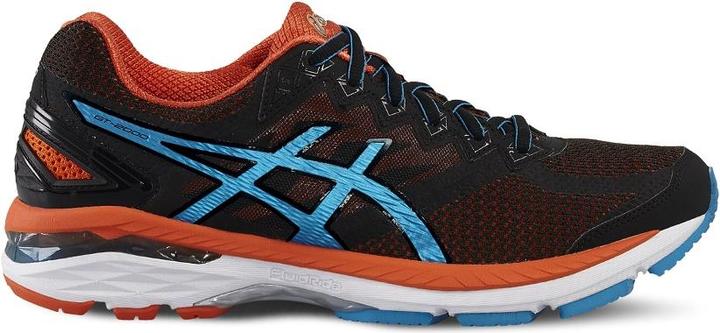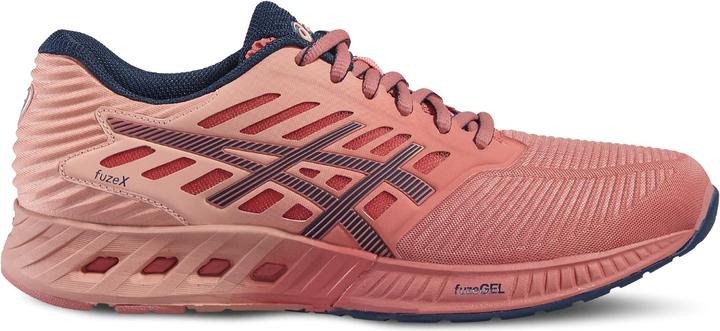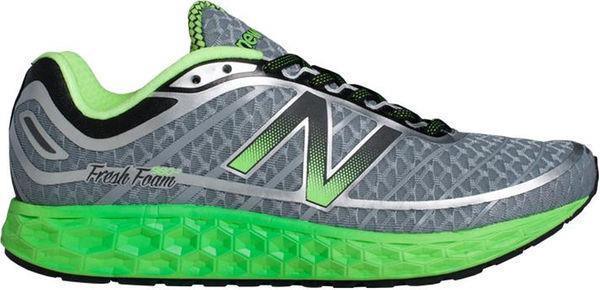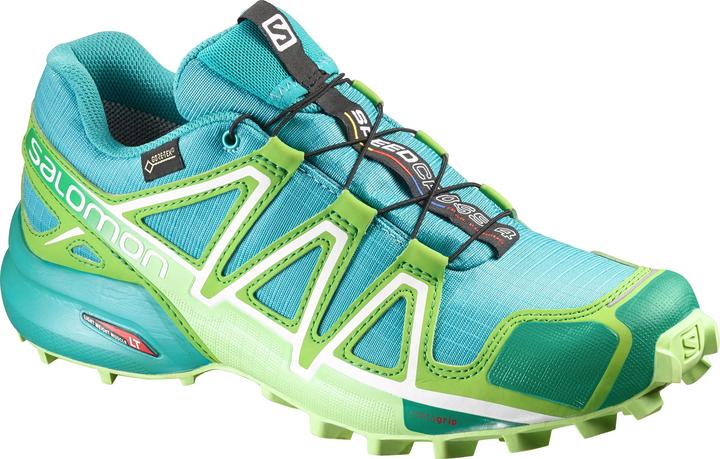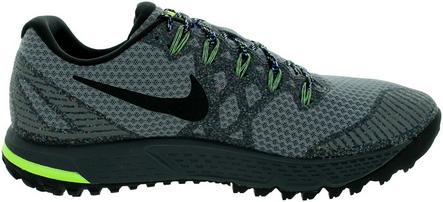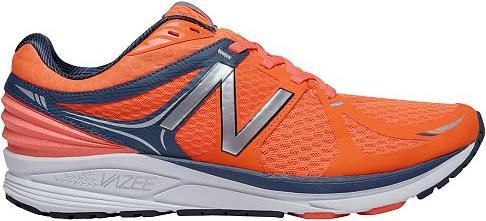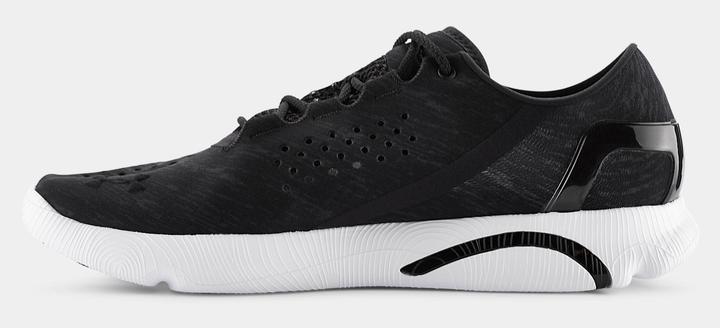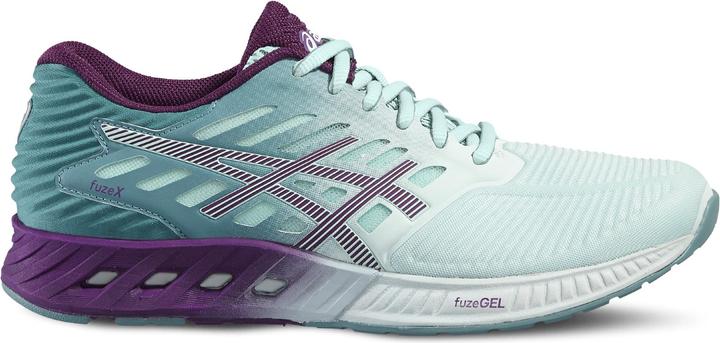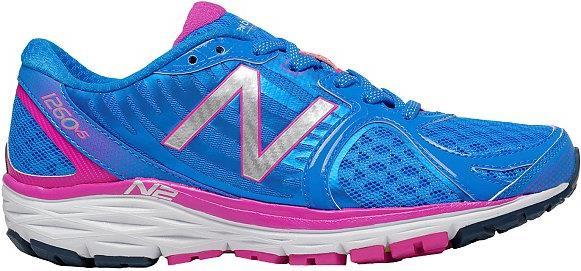
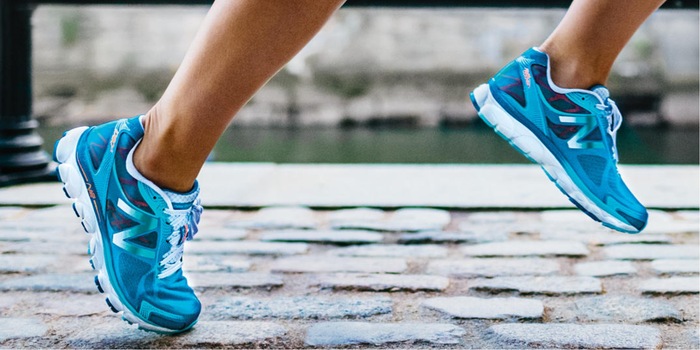
The ABCs of running: the right running shoe
Running is undoubtedly one of the world's most popular sports - it works every muscle, it frees the mind and it can be done anywhere, at any time of day, in any weather. And what's more, you don't need much: a pair of good shoes, the right clothes and off you go! Shoes play an essential role, so they need to be adapted to your body, especially to avoid potential injuries.
If you want to buy a good running shoe, you'll quickly realise that the priority shouldn't be the colour to match your sportswear. If you train regularly, it's essential to choose a model that suits your body, running style and running circumstances, to protect your knees and joints. To find out more about choosing the right running shoe, I interviewed Daniel Harder, running expert at New Balance.
At the start of our interview, Harder immediately emphasised that there is no such thing as the perfect running shoe, only the right shoe for every foot. "That's why a thorough analysis of your own body or running habits is essential. "I've summarised the most important points for you.
Step 1: Foot shape analysis
The shape of the foot is a crucial first factor in determining the shoe that has the right cushioning and stability for your body. "Here we differentiate between a normal foot shape (1), a hollow foot (2), and a flat foot (3). Many runners have a flat foot. Depending on the collapse of the arch of the foot, deformities and insufficient cushioning (of the body) that can lead to a number of problems can occur.

You can define the shape of your foot with this little test: walk on the ground with wet feet to see what shape of foot you have.
Step 2: Static analysis
You now need to analyse the shape of your legs in order to define the type of support for placing your foot on the ground.
People with a hollow foot type will tend to walk on the outside of the foot, supinator support. People with flat feet will walk on the inside of the foot, pronator support. Finally, people with normal feet will have what is known as universal support. Visually, you can see this by looking at the state of wear of the soles of your shoes.
Step 3: Analysis of running conditions and circumstances
Before choosing your running shoe, you still need to ask yourself the following questions:
- How often will I be training? - this above all has an influence on the goals you set yourself: do you want to improve your fitness over the long term or do you want to prepare for a specific race?
- For how long? - the longer your training lasts, the more your vessels dilate. According to Harder, the foot can swell much more during a marathon than if you were running, say, a 10km distance. If you're looking to run longer distances instead, it's advisable to buy a slightly larger shoe.
- *Where? - for asphalt and stony ground, you can in principle take the same shoe. But if you want to run on paths in less good condition or on snow in winter, it is advisable to buy trail running shoes.
Step 4: Which shoe to choose
The "comfortable shoe"
Thanks to the previous steps, you're now able to find the running shoe that suits you. Daniel Harder of New Balance says that: "you should be doing 70-80% of your training in durable "comfort" shoes that are tailored to your anatomy in terms of cushioning and stability."
For people with a pronator support (flat foot), it is advisable to opt for a shoe with sufficient cushioning. Cushioning and the degree of stability vary according to model and brand. You should therefore try out several models to find the one that suits you best.
For Her

For Him
See all running shoes with cushioning
For people with a supinator support or a normal foot, Harder advises choosing a normal shoe with a minimalist sole.
For Her
For Him
For those who like to train on terrain and trails, there are special trail running shoes.
For Her
For Him
The "alternative"
Harder advises using another pair of running shoes to train the remaining 20-30%. This is also what orthopaedists and doctors recommend: this way the body doesn't get too used to one shoe, the second pair stimulates other muscles and the risk of injury is reduced. Your second pair of shoes may be of a completely different technology, or even of a different brand.
It's also advisable to wear your shoes regularly. It's also advisable to regularly do short, fast, and therefore more intense, workouts with what are known as Lightweight Trainer, lighter shoes with less cushioning and stability, such as New Balance's Vazee Prism or FF Zante, or Under Armour's Speedform Apollo. These running shoes are often classified as speed or race shoes.
See all speed/race running shoes //
See all running shoes
Interesting facts about products, behind-the-scenes looks at manufacturers and deep-dives on interesting people.
Show all